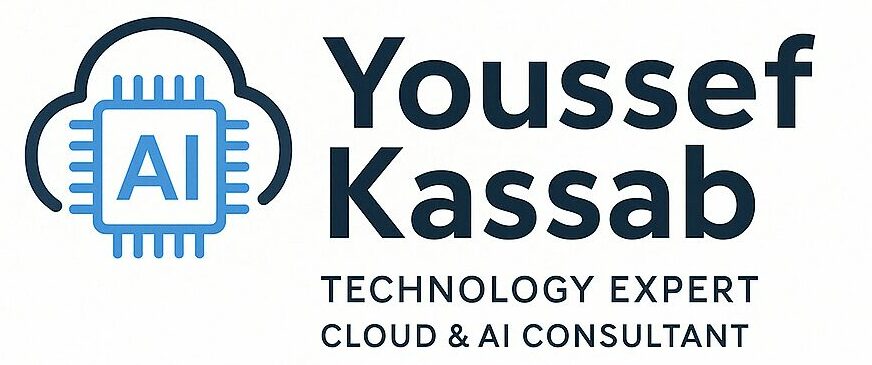The Internet is filled with people trying to make a name for themselves by breaking your code, crashing your site, posting inappropriate content, and otherwise making your day interesting. It doesn’t matter if you have a small or large site; you are a target by simply being online, by having a server that can be connected to. Many cracking programs do not discern by size, they simply trawl massive IP blocks looking for victims. Try not to become one.
When on a shared host, security simply isn’t going to be as strong as when on a dedicated host. This is one of the tradeoffs for the inexpensive fee. Shared hosting environments perhaps ought to be considered from the security mindset in the same fashion as a compromised system (that which has or may have been already cracked into).
In order to secure our web applications I read some resources in order to identify different types of vulnerabilities and what are the measures that should be taken to protect our applications. In the first part I will talk about vulnerabilities and measures that should be taken for protection. In the second part you will find a checklist to be used when developing any application. In the appendixes you will find examples about filtering, validations and other security related issues.
Download Web Applications Security Full Report
Discover more from Youssef Kassab
Subscribe to get the latest posts sent to your email.

